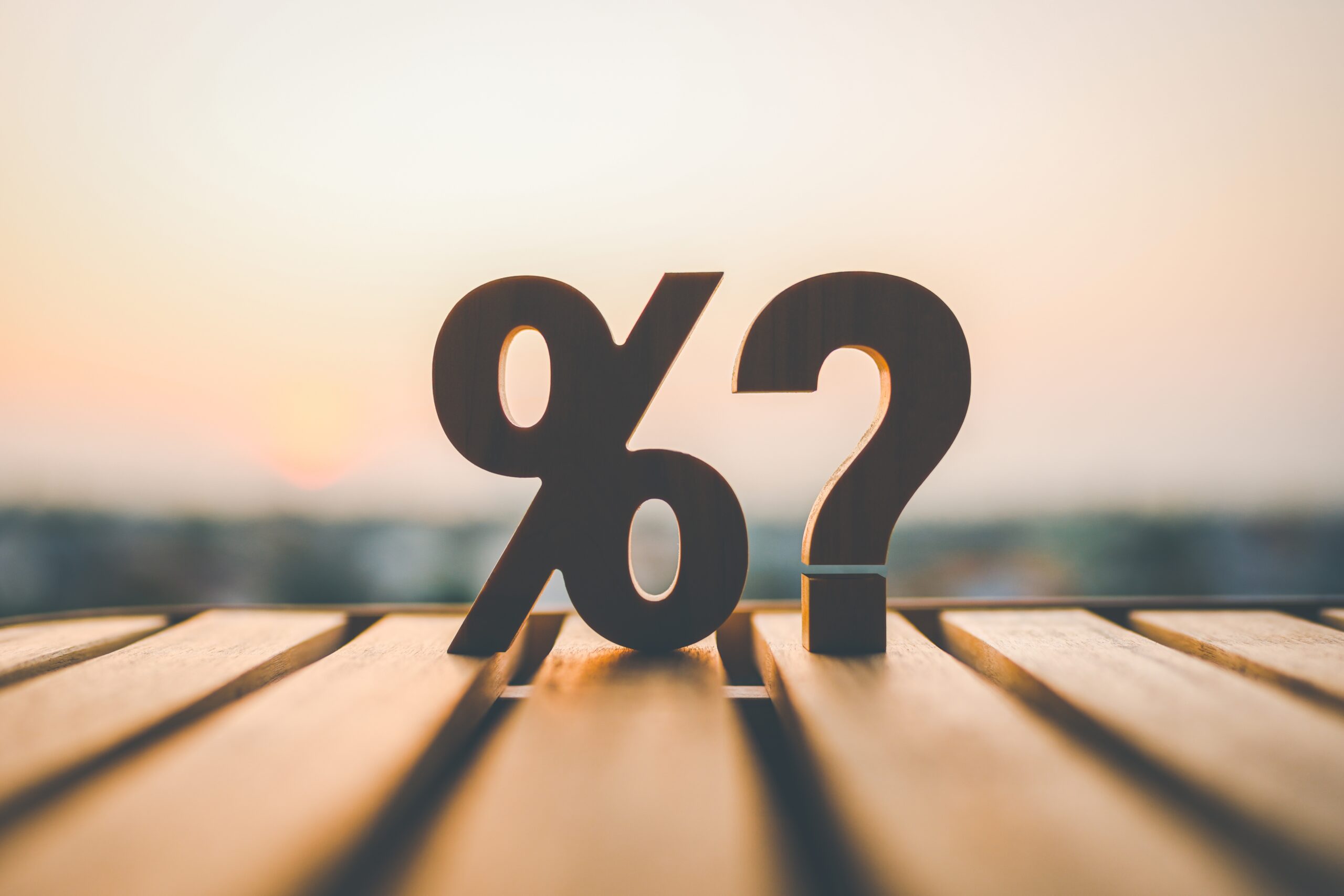Definition of a Recession:
The textbook definition of a
recession is two quarters of negative GDP growth. Some examples of recessions
include the great depression of the 1930’s, the dotcom crash of 2000 and the
great recession of 2008.
Causes of a Recession:
Recessions are caused by several
factors. These include:
Hyper Inflation
Deflation
Prolonged Fall in Exchange Rates
Credit Crunches
Collapsing Consumer Confidence
Collapsing Asset Prices
Collapsing Global Trade
Bust following Excessive Speculation – e.g., Property Market in Japan -1989
Hyper Inflation
Deflation
Prolonged Fall in Exchange Rates
Credit Crunches
Collapsing Consumer Confidence
Collapsing Asset Prices
Collapsing Global Trade
Bust following Excessive Speculation – e.g., Property Market in Japan -1989
Evidence so far:
1) Collapsing Commodity Prices:
Recessions caused by deflation see massive collapses in asset prices. There has been a well over 50% plunge in the prices of industrial commodities such as copper and oil:
Recessions caused by deflation see massive collapses in asset prices. There has been a well over 50% plunge in the prices of industrial commodities such as copper and oil:
2) Collapse in Global Trade:
Freight rates as measured by the
Baltic dry index have collapsed over 95% from their highs set in 2008. While
temporary dislocations can cause the index to fluctuate quite a bit, the well
over 95% collapse in the index is an indication that all is not well with the
global economy as far as trading activity is concerned.
source: INVESTMENTTOOLS
3) Collapsing Stock Markets:
Stock Markets across the world have
been collapsing despite record low interest rates globally.
Emerging markets are down
significantly from their recent highs:
China Stock Market - Shanghai Composite Index
4) Dollar
Strength:The
Dollar strengthened against virtually every other currency during the recession of 2008 and is about to do it yet again post the termination of QE from the FED:
5) Excessive Speculation &
Risk Taking:
We are all familiar with the
excessive speculation in the housing market that led to the great recession of
2008 following the collapse of Bear Sterns and Lehman Brothers. Fast forward to
2016 and the risk exposures at some big banks are reaching alarming levels as
is the case with Deutsche Bank:Is Deutsche Bank AG (USA) The Next Lehman?
Additionally speculation has erupted in alternate asset classes like bitcoin which are commanding ridiculous valuations much like other asset bubbles that occurred prior to earlier recessions in 2000 and 2008 :
6) The velocity of Money is
below Great depression levels:
As forecaster Martin Armstrong
points out the velocity of money is currently below that observed in the great
depression of the 1930’s. This implies that despite multiple rounds of
quantitative easing by global central banks the attempt to circulate money
throughout the global economy has failed and money has reached only a few
pockets. The velocity of money typically declines during recessions and is
probably forecasting one ahead:
7) Kondratieff Winter Wave
Suggests a Collapse Ahead:
Finally looking at long term
economic cycles we are entering a traditionally weak period for risk assets
which tend to make lows every 8 years or so marked by economic troughs. We
recently had major economic downswings in 1992, 2000 and 2008 and are due one
in 2016. Other than this we have entered a kondratieff winter wave in
2000 and are set to emerge out of it only in 2020. The last few years of the
winter wave could produced the most pronounced down swing in economic activity
much like the last winter wave that was characterized by the Great Depression
of the 1930’s:
8) Finally a massive amount of curve flattening has happened globally and to the US yield curve which is often a precursor to an inverted yield curve and ultimately a recession:
Conclusion:
In conclusion several hall marks of
a recession such as collapsing commodities, stock markets and collapsing
currencies have already started to play out as we enter 2016 and deflationary
forces seem to be taking control. Flight to quality in safe haven assets such
as the Dollar and Yen suggest risk appetite is rapidly declining. The massive
fall in shipping activity is also providing evidence that a massive slow down
is at hand. Excessive speculation as evidenced by the risk exposures of
prominent global financial institutions is also a major concern. Additionally
the velocity of money has collapsed suggesting that the circulation of money
through the economy is simply not occurring despite record low interest rates. Economic cycles also are suggesting that the
upcoming recession could last at least till 2020 and the final effects of this
major down cycle are yet to be felt and a massive amount of curve flattening further confirms that a recession is on its way.




























Will it affect the Indian economy or it may cause the major impact to our economy?
ReplyDeleteWith FII's having a significant stake in our capital market, capital outflows could present a major problem for the Rupee and the stock market.
ReplyDeleteImplementing the taxation for the FII is to winding up or reducing the investments in the Indian market or is it to encourage the Indian investors. Is there any other fact in that decision of the government
DeleteFII's are major investors, so we don't wan't to turn them off. This is more intended to bolster the governments tax receipts long term and in the process it evens the playing field for the domestic investor on the taxation of capital gains.
ReplyDeleteWill it make any change in the investment from the Indian investors in the market
DeleteNice blog. Thanks for sharing this useful information about commodity Market.
ReplyDeleteMCX Tips
I'm following your blog regulerly. Your all post are really nice.. Thanks for sharing. Please keep it up.
ReplyDeleteThanks.
Technical Analysis
Nice Blog, Thanks for sharing
ReplyDeleteTeam top auditing firms in uae and aroma scent